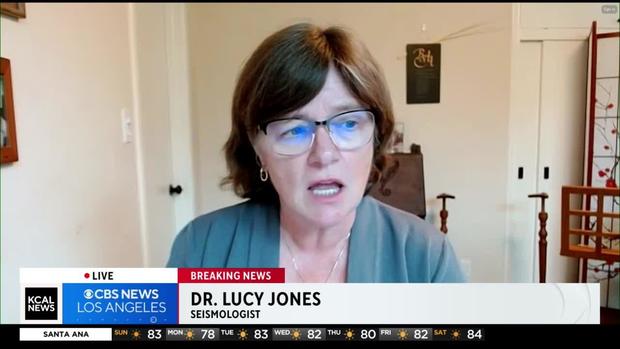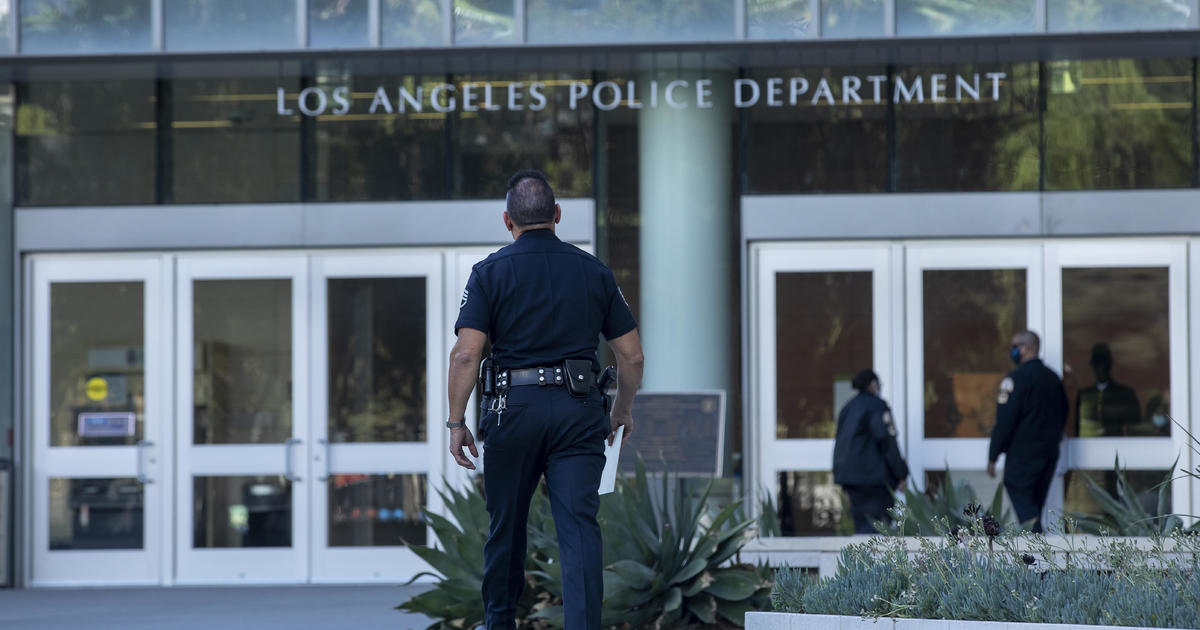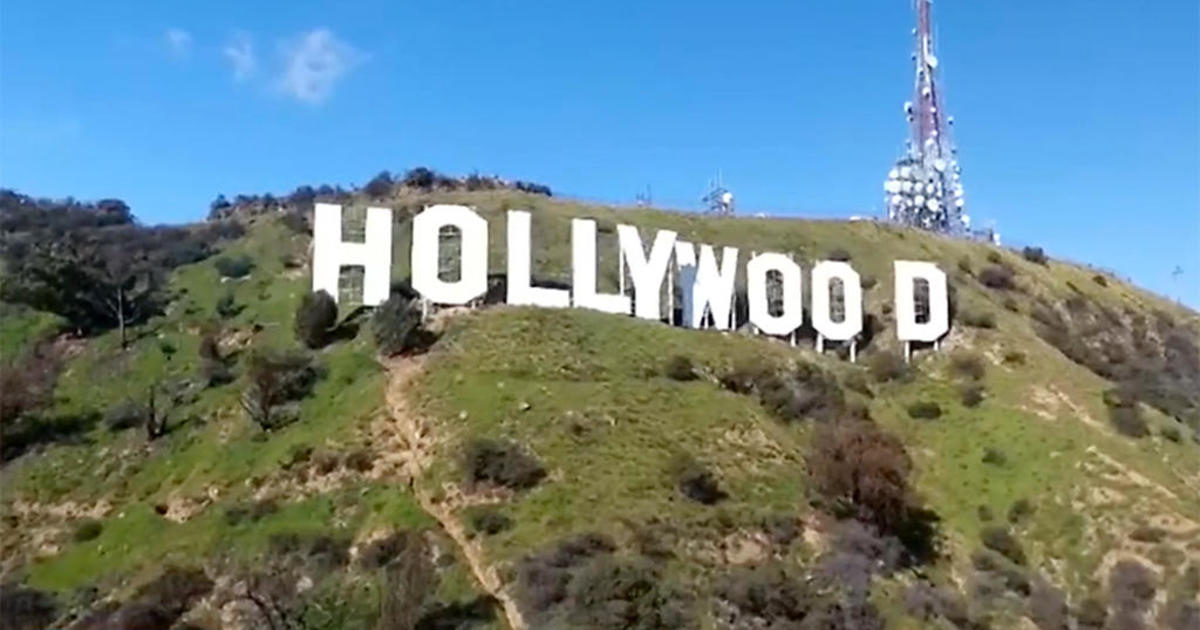Is earthquake weather real? Dr. Lucy Jones sets the record straight
As Southern California deals with a powerful tropical storm sweeping through the area, a 5.1 magnitude earthquake struck just north of Los Angeles, prompting many to readdress an age old debate over whether or not earthquake weather is a real thing.
Watch: Meteorologist Rich Thompson with the National Weather Service addresses heavy rain and earthquakes
The earthquake, which was centered in Ojai in Ventura County, is not believed to have dealt any considerable damage to the area, but millions of residents throughout the Southland reported feeling the shaking, as far as northern Orange County.
With so many impacted by Tropical Storm Hilary, many are left wondering if there truly is any correlation between the chaotic weather and the sizable quake.
Dr. Lucy Jones, regarded by many as one of the most trusted authorities on the subject of earthquakes, spoke with KCAL this afternoon.
"There is no particular relationship between the weather and what's happening underground," said Dr. Lucy Jones. "Remember, people always try to make patterns. There's really no way that what's going on in the storm would be affecting the rate of earthquakes."
Jone's sentiment is echoed by the United States Geological Survey, which tracks seismic activity across the world.
"There is no such thing as 'earthquake weather,'" the USGS website says. "Statistically, there is approximately an equal distribution of earthquakes in cold weather, hot weather, rainy weather, etc. Very large low-pressure changes associated with major storm systems (typhoons, hurricanes, etc) are known to trigger episodes of fault slip (slow earthquakes) in the Earth's crust and may also play a role in triggering some damaging earthquakes. However, the numbers are small and are not statistically significant."
The USGS even goes so far as to suggest when and why people began believing that earthquake weather was fact.
They believe that the notion came from the 4th Century BC, when Aristotle, the iconic Greek philosopher, proposed that quakes are the result of winds trapped in subterranean caves. Those winds were then thought to trigger small tremors by pushing air out of the caverns roofs, with large ones by the air breaking the surface. Because of the air trapped underground, the weather would be hot and calm prior to an earthquake.
Hence, why people believed — and still may — that earthquake weather is real.
So if earthquake weather isn't a "thing," what causes earthquakes?
According to the USGS, "an earthquake is caused by a sudden slip on a fault. The tectonic plates are always slowly moving, but they get stuck at their edges due to friction," their website says. "When the stress on the edge overcomes the friction, there is an earthquake that releases energy in waves that travel through the earth's crust and cause the shaking that we feel."
There are two tectonic plates in California: the Pacific Plate and the North American Plate. The boundary between those two is the well-known and notorious San Andreas Fault, which runs nearly 10 miles deep along 650 miles of California. Many smaller faults branch out from the San Andreas Fault, spreading all along the Golden State.




